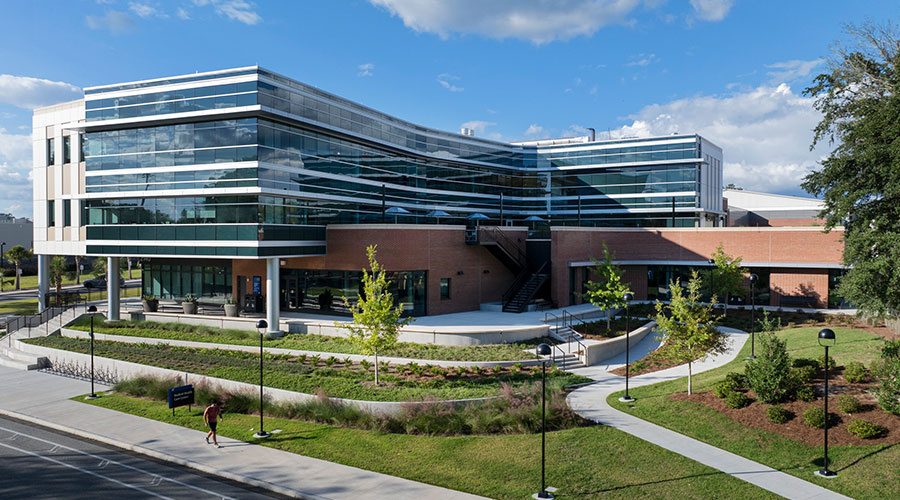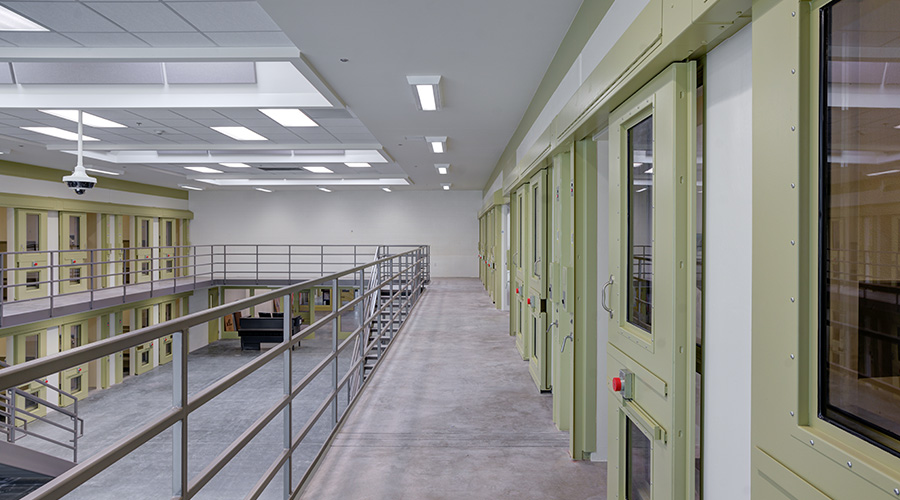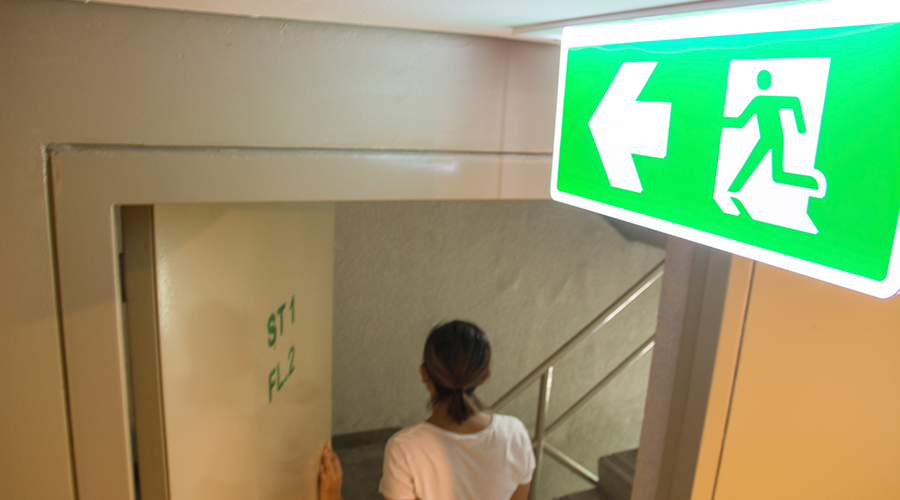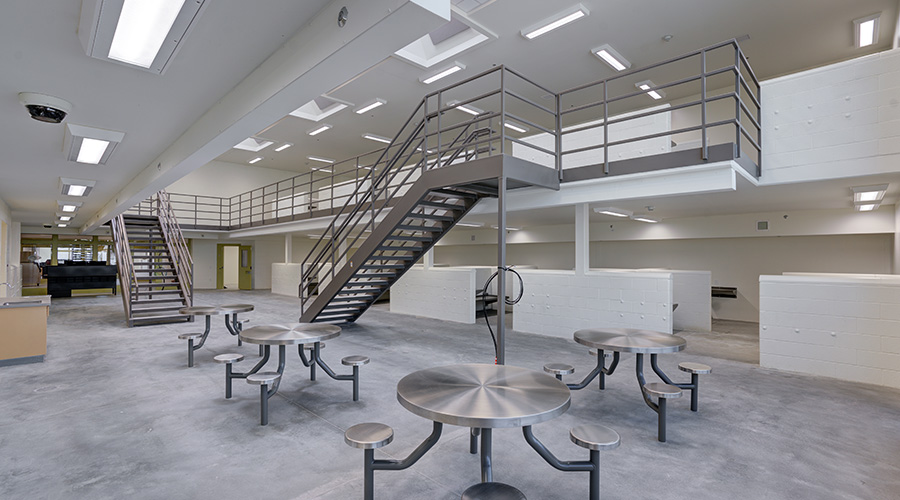Lighting Controls Achieve Next-Generation, Maintenance Cost Benefits
Part 1 of a 4-part article on lighting controls
Upgrading lighting systems in institutional and commercial facilities to next-generation lighting technologies can deliver energy and maintenance cost savings of more than 50 percent while maintaining or improving lighting quality. By incorporating advanced lighting controls into a lighting upgrade, maintenance and engineering managers can accelerate cost savings and maximize the value of the upgrade investment in labor, as well as convert lighting from an ongoing expense into a managed building asset.
Lighting controls introduce operational flexibility into lighting systems to support visual needs and energy management. Automatic controls save energy by reducing or turning off lights when occupants do not need them. Implemented in a standalone project or as part of a lighting upgrade, controls can generate energy savings of 24-38 percent or more.
By understanding lighting control strategies, common equipment types suitable for new and existing buildings of almost any type, and applicable energy-code obligations, managers can identify rebate opportunities and maximize the investment in the upgrade.
Control considerations
Lighting control devices and systems accept an input, make a decision about whether to reduce the lighting and by how much, and control the load as an output. The inputs can be manual — based on human initiative — or automatic, meaning they are based on time, occupancy, ambient light levels or instructions from a building management system. The outputs are switching or dimming — or control data.
The unique combinations of inputs and outputs enables a variety of strategies that, when properly matched to the application, can deliver average lighting energy cost savings up to 38 percent.
Manual controls. Manual controls enable users to turn lights on or off or to reduce lighting in response to visual needs. Incorporating flexibility provides a selection of light levels, and it can increase user workplace satisfaction while producing energy cost savings. Lawrence Berkeley National Laboratory (LBNL) estimates average lighting energy savings of 31-36 percent from manual controls. Manual control is ideal for personal work spaces, such as private offices, and for group work spaces, such as classrooms.
Time-based controls. These controls turn lighting on and off, or they reduce it based on a time event, thus saving energy and maintenance costs by reducing unnecessary lighting. LBNL estimates average lighting energy savings of 24 percent using this strategy.
This type of control is ideal for spaces consistently occupied on a predictable schedule, in addition to site lighting applications, where the lighting must remain on even when the area is unoccupied.
Occupancy sensing. Occupancy-sensing controls turn off lighting or reduce it in response to occupancy in the space. The sensor automatically might turn on the lights to full output or a reduced light level, or require manual-on operation for vacancy sensing. LBNL estimates average lighting energy savings of 24 percent from using this strategy. This type of control is ideal for spaces that are intermittently occupied, such as private offices, classrooms, and utility spaces. It also can be effective for lighting that must be on but can be dimmed while the area is unoccupied.
Daylight harvesting. These controls turn off lights or reduce light levels based on the contribution of daylight to task lighting needs. LBNL estimates average lighting energy savings of 28 percent from this strategy. This type of control is ideal for spaces receiving consistent, ample daylight. If people performing intensive visual tasks regularly occupy the space, dimming is recommended. For other spaces, managers should consider on/off or stepped switching.
Task tuning. This lighting control stretegy involves analyzing the local lighting needs in each space and dimming it in various areas based on the identified need of the space. LBNL estimates average lighting energy savings of 36 percent from using this strategy.
This type of strategy is well suited to older buildings that were designed to now-obsolete light level recommendations. Managers can economically combine these and other lighting control strategies, such as demand response, and layer them within the same space. LBNL estimates average lighting energy savings of 38 percent from using this approach.
Related Topics:















